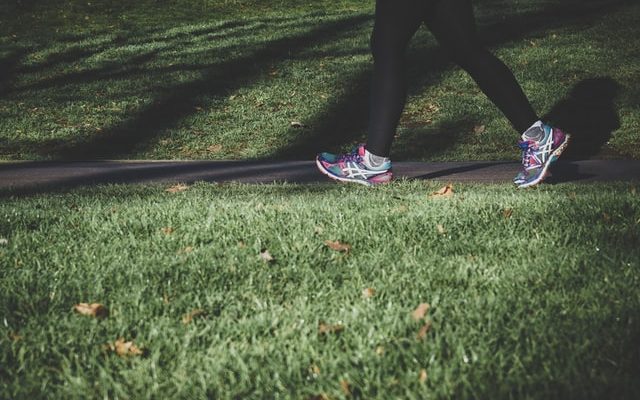
Many of us have come to value the respite offered by a daily walk since the pandemic unfolded. When lockdown began and we were only allowed one form of daily exercise, we got to know our local communities much more than we perhaps previously did. Many of us walked more to our local shops and parks. We were all forced to consider whether each car journey was strictly necessary or not. And it turned out, many weren’t.
It shouldn’t be a great surprise. At Living Streets, we have long extolled the benefits of walking and have been a beacon for walking for over 90 years. Walking is completely free. It’s accessible to many, regardless of age, sex, ethnicity or ability. It’s good for our physical and mental health. It doesn’t contribute to carbon emissions and doesn’t negatively impact on air quality. As our Pedestrian Pound research shows, it can be good for retail too. And with 40% of urban journeys being under 2 miles, there is a great opportunity to capitalise on all these benefits at the moment.
However, experience during lockdown has shone a light on many of the issues with our walking environments. The constraints of physical distancing have highlighted something we have known for a long time – that our pavements are inadequate, especially for children, for those in wheelchairs and for the visually impaired. Vehicles travel too fast on our roads. And as car use creeps back up, the need to create a nation where we are free from congested roads and pollution is becoming more apparent than ever. This is a vision we share with cycling and public transport organisations. It also commands increasing public support.
We all want people to travel in healthier and more sustainable ways. Reducing private car use is vital if we’re to tackle the urgent climate emergency and create stronger, healthier and less polluted communities. That’s why we want to harness this newfound realisation people are having that the private car doesn’t have to be at the heart of our communities.
Build back better
We are at a critical juncture in how we view our streets and transport. We have a real chance to reset transport priorities, putting the health and wellbeing of individuals, the environment and our local economies at the forefront.
However, a desire to travel more sustainably will only get us so far. We need streets and spaces that support people to walk, cycle and use public transport more.
There have been lots of temporary provisions made to allow people to walk and cycle whilst practising physical distancing. Making such provisions permanent whilst ensuring accessibility and integration with public transport must be part of our recovery strategy so we can address the other crises we’re facing around physical inactivity, air pollution and climate change, none of which have gone away during the pandemic. Indeed, there is evidence that in some sections of the population, physical activity levels have fallen substantially since March. The improvements that governments across the UK are encouraging – low traffic neighbourhoods, school streets, reallocation of road space to walking and cycling – are absolutely essential to tackling these crises for the long term.
These changes to improve walking and cycling have to be fully integrated with public transport options. There’s no point in creating accessible streets if the public transport that serves them isn’t sufficient. Linking walking and cycling improvements with public, community and shared transport connections will lock-in longer term benefits for all, not least to the third of people who don’t have access to a car.
A sustainable, inclusive transport network will enable us to reduce the dominance of private cars and decarbonise transport, tackling the increasingly urgent climate emergency, and creating stronger, cleaner, healthier, happier communities. The opportunity is there now – we must seize it.
About the Author
This post was written by Stephen Edwards. Stephen is the Director of Policy and Communications at Living Streets.
